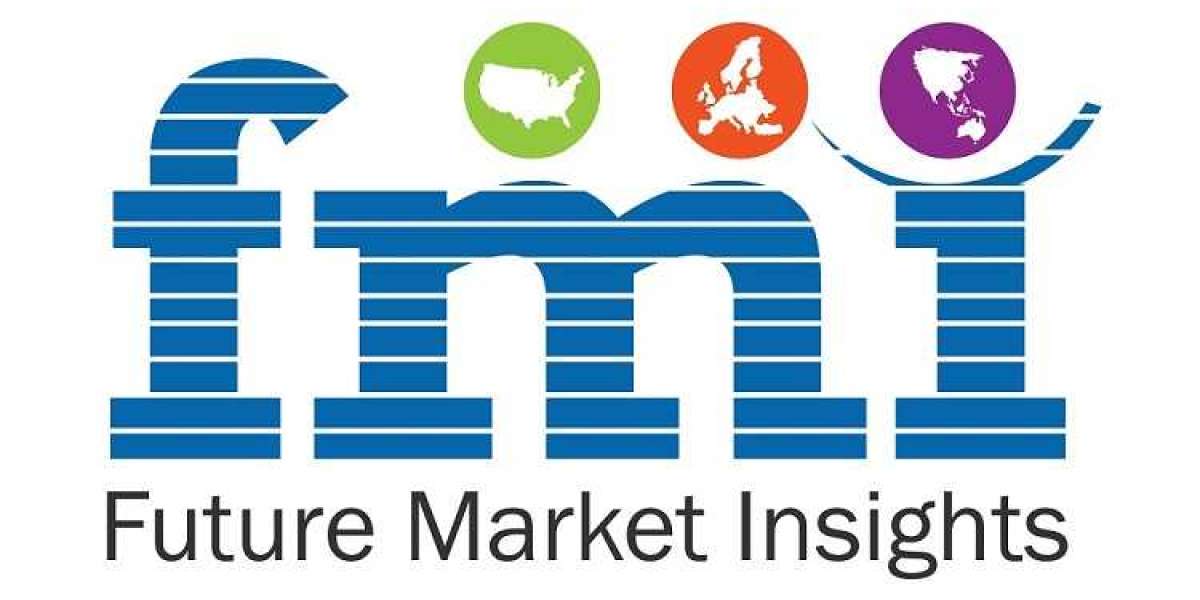Introduction
The Disease-Modifying Antirheumatic Drugs (DMARDs) market has witnessed significant growth and transformation over the past few decades. Rheumatic diseases, including rheumatoid arthritis (RA), psoriatic arthritis, ankylosing spondylitis, and systemic lupus erythematosus, affect millions of people worldwide, leading to chronic pain, disability, and reduced quality of life. DMARDs are a crucial class of medications that play a pivotal role in managing these conditions, offering hope to patients by modifying the course of the disease rather than merely alleviating symptoms.
Evolution of DMARDs
DMARDs have come a long way since their inception. The early days of DMARDs saw the use of non-specific immunosuppressive drugs like gold salts and methotrexate. While effective to some extent, these drugs had significant side effects and limited long-term efficacy. However, advancements in medical research and pharmaceutical innovation have paved the way for a new generation of DMARDs that are more targeted and less toxic.
Biological DMARDs, also known as biologics, are a prime example of this progress. Biologics are derived from living organisms and are designed to specifically target molecules or cells involved in the inflammatory process. Tumor necrosis factor-alpha (TNF-alpha) inhibitors, interleukin-6 (IL-6) inhibitors, and B-cell depleting agents are some of the categories of biologics that have revolutionized the treatment of rheumatic diseases. These drugs offer improved efficacy and safety profiles compared to traditional DMARDs.
Market Growth and Trends
The DMARDs market has experienced steady growth over the years, driven by several factors:
1. Increasing Prevalence: The prevalence of rheumatic diseases is on the rise globally, particularly as the population ages. This demographic shift has created a growing patient pool in need of DMARD treatment.
2. Biologics Dominance: Biologics have emerged as the dominant segment in the DMARDs market. Their specificity and effectiveness have made them the first choice for many rheumatologists and patients. Biosimilars, which are similar but less expensive versions of biologics, have also gained traction, increasing market competition and affordability.
3. Personalized Medicine: Advances in genetic research have enabled the development of personalized treatment approaches. Tailoring DMARD therapy to an individual's genetic makeup and disease profile is becoming increasingly common, optimizing treatment outcomes.
4. Oral DMARDs: The market has witnessed the introduction of oral DMARDs with novel mechanisms of action, offering patients an alternative to injections and infusions. These drugs are more convenient for some patients and have the potential to expand the market further.
Challenges in the DMARDs Market
Despite its growth, the DMARDs market faces several challenges:
1. High Costs: Biologics, while highly effective, are often expensive, placing a significant financial burden on patients and healthcare systems. This cost factor can limit access to these treatments for some individuals.
2. Safety Concerns: DMARDs, especially biologics, can suppress the immune system, increasing the risk of infections and certain malignancies. Managing the balance between efficacy and safety remains a challenge.
3. Biosimilars Competition: While biosimilars have contributed to cost reduction, their market entry can create pricing pressures, impacting the profitability of original biologics.
4. Access and Awareness: Ensuring that all eligible patients have access to DMARD therapies, especially in lower-income regions, remains a global challenge. Additionally, raising awareness about the benefits of early DMARD intervention is crucial to improving outcomes.
Future Outlook
The future of the DMARDs market holds promise and uncertainty. On one hand, ongoing research continues to uncover new therapeutic targets and treatment modalities. Advanced biologics, small molecule DMARDs, and gene therapies are being explored, potentially offering more effective and tailored solutions. On the other hand, the market will likely face continued scrutiny regarding pricing and accessibility, necessitating innovative solutions to address these concerns.
Conclusion
The Disease-Modifying Antirheumatic Drugs (DMARDs) market has evolved significantly, offering new hope to millions of patients suffering from rheumatic diseases. The introduction of biologics and personalized treatment approaches has improved efficacy and quality of life for many individuals. However, challenges such as high costs and accessibility issues persist. As research continues and new therapies emerge, the DMARDs market will undoubtedly remain a dynamic and critical component of the healthcare landscape, shaping the future of rheumatic disease management.







